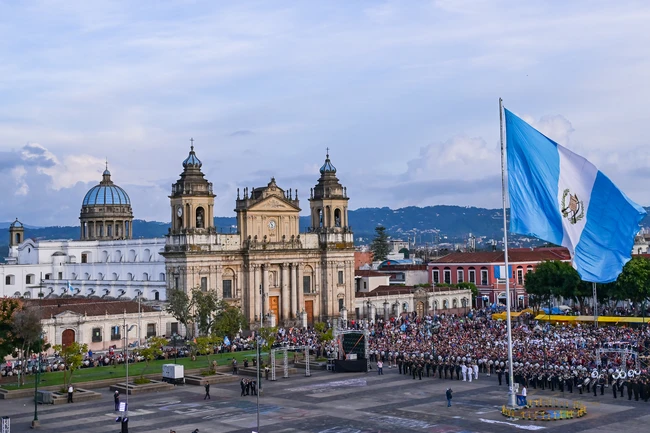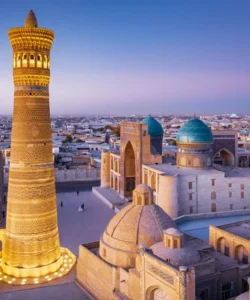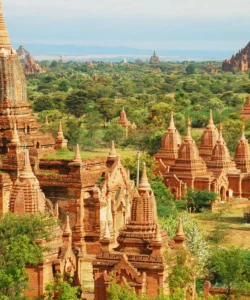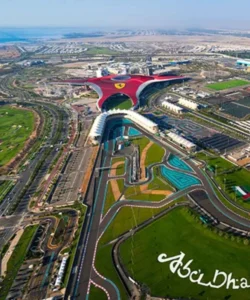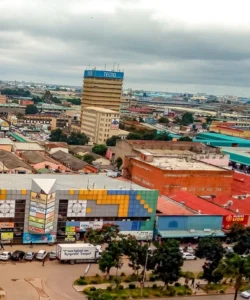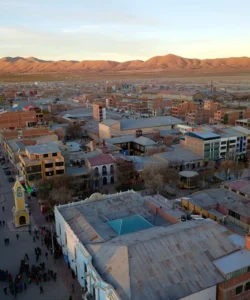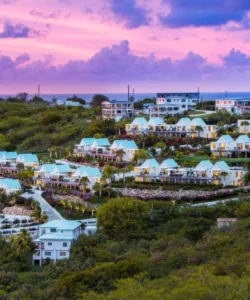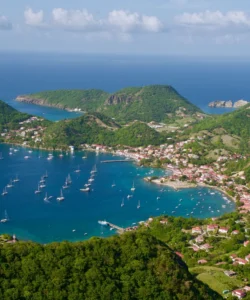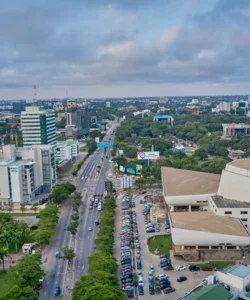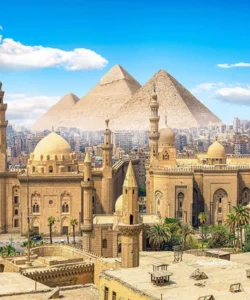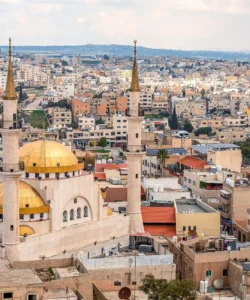Guatemala is a captivating Central American country known for its rich Mayan heritage, stunning volcanic landscapes, vibrant indigenous cultures, and colonial cities. It is the most populous country in Central America.
![]()
Area and Population:
Guatemala covers an area of approximately 108,889 km² (42,042 sq mi). Its population is estimated to be around 19 million inhabitants (as of 2024).
Language:
The official language of Guatemala is Spanish. However, there are also over 20 recognized indigenous Mayan languages spoken, with K’iche’, Kaqchikel, Q’eqchi’, and Mam being among the most prominent. Many indigenous people are bilingual in their native language and Spanish.
Currency:
The currency of Guatemala is the Guatemalan Quetzal (GTQ). U.S. dollars are also generally accepted in tourist areas and for larger transactions.
Religion:
The predominant religion in Guatemala is Christianity. While Catholicism traditionally held sway, Protestantism, particularly Evangelical and Pentecostal denominations, has experienced rapid growth and now accounts for a very significant portion of the population. Mayan spiritual beliefs are also practiced, sometimes blended with Christian traditions.
Capital:
The capital city of Guatemala is Guatemala City, often referred to as “Guate.” It is the largest city in Central America and the country’s political, economic, and cultural hub.
Major Cities:
Besides Guatemala City, other significant cities and towns in Guatemala include:
- Antigua Guatemala: A UNESCO World Heritage site and former colonial capital, famous for its stunning Baroque architecture, cobblestone streets, and volcano backdrop.
- Quetzaltenango (Xela): The second-largest city, located in the western highlands, known for its strong indigenous culture and as a base for exploring the surrounding mountains.
- Flores: A charming island town in Lake Petén Itzá, the gateway to the Tikal Mayan ruins.
- Livingston: A unique Garifuna town on the Caribbean coast, accessible only by boat, known for its Afro-Caribbean culture.
- Panajachel: A popular town on the shores of Lake Atitlán.
Attractions and Wonders:
Guatemala offers an incredible array of attractions, particularly focusing on its Mayan heritage and natural beauty.
- Tikal National Park: A UNESCO World Heritage site and one of the most magnificent and extensive Mayan archaeological sites in the world, deep within the rainforest. Its towering temples and plazas are breathtaking.
- Antigua Guatemala: A UNESCO World Heritage site, explore its beautifully preserved colonial architecture, intricate churches (some in ruins from earthquakes), archways, and vibrant atmosphere. Hike Pacaya Volcano nearby for incredible views.
- Lake Atitlán: Often described as one of the most beautiful lakes in the world, surrounded by three volcanoes and numerous indigenous Mayan villages (e.g., Santiago Atitlán, San Pedro La Laguna, San Juan La Laguna). Ideal for boat trips, cultural immersion, and hiking.
- Chichicastenango Market: One of the most vibrant and colorful indigenous markets in the Americas, held on Thursdays and Sundays, offering textiles, crafts, and traditional goods.
- Semuc Champey: A stunning natural wonder in the Alta Verapaz region, featuring a series of turquoise natural limestone pools cascading over a natural bridge, surrounded by lush forest.
- Pacaya Volcano: An active volcano near Antigua, popular for guided hikes to witness volcanic activity (current safety conditions should always be checked).
- Yaxhá: Another significant Mayan archaeological site, located between two lakes, offering impressive ruins and fewer crowds than Tikal.
- Monterrico Beach: A popular Pacific coast beach, known for its dark volcanic sand and turtle nesting sites.
- Livingston and Rio Dulce: Explore the unique Garifuna culture in Livingston and take boat trips along the scenic Rio Dulce, passing through a stunning canyon.
- Ixpanpajul Natural Park: Near Flores, offering zip-lining, suspension bridges, and ATV tours.
Architecture:
Guatemalan architecture is profoundly influenced by its colonial past and indigenous traditions.
- Spanish Colonial Baroque: Most exquisitely preserved in Antigua Guatemala, characterized by low-slung, earthquake-resistant buildings, ornate facades, large courtyards, and elaborate churches (many designed to withstand seismic activity, or left as beautiful ruins).
- Indigenous Influence: While not always in grand structures, indigenous architectural elements and design principles can be seen in traditional homes and community buildings, especially in the highlands.
- Modern Urban Design: Guatemala City features a mix of early 20th-century European-inspired buildings and more modern, functional high-rises.
Roads:
Guatemala’s road infrastructure varies. Major highways connecting Guatemala City to key regional centers (like Antigua, Xela, and Flores) are generally paved and in decent condition. However, many secondary roads, particularly in rural or mountainous areas, can be unpaved, steep, and challenging, especially during the rainy season (May to November). Travel times can be longer than expected due to mountainous terrain and traffic. Public bus transportation (chicken buses) is extensive and a very authentic (though sometimes adventurous) way to get around.
Hotels:
Guatemala offers a diverse range of accommodation. In major tourist hubs like Antigua, Lake Atitlán, and Flores, you’ll find everything from luxury boutique hotels (often in colonial buildings) and charming guesthouses to mid-range hotels and budget-friendly hostels. Guatemala City has international chain hotels and business-oriented accommodations. In more remote areas, eco-lodges and rustic guesthouses are available.
Restaurants and Cuisine:
Guatemalan cuisine is flavorful, hearty, and deeply rooted in Mayan and Spanish traditions, with corn, beans, and chilies forming the basis of many dishes.
- Key Dishes:
- Pepián de Pollo: The national dish, a rich, dark, and flavorful stew made with chicken (or other meats) in a complex sauce of roasted tomatoes, tomatillos, chilies, and seeds.
- Kak’ik: A traditional Mayan turkey soup or stew, especially from the Cobán region, known for its deep red color and aromatic spices.
- Tamales: Steamed corn dough filled with meat, potatoes, and vegetables, often wrapped in plantain leaves.
- Chiles Rellenos: Stuffed bell peppers, usually with meat and vegetables, then battered and fried, served with tomato sauce.
- Jocón: A green chicken stew made with tomatillos, cilantro, and green chilies.
- Caldo de Res: A hearty beef soup with large chunks of vegetables.
- Empanadas: Small pastries, often fried, filled with meat, cheese, or potatoes.
- Frijoles (Beans): Black beans are a staple, often served refried or soupy.
- Tortillas: Freshly made corn tortillas accompany almost every meal.
- Atol de Elote: A sweet, thick, hot corn drink.
- Guatemalan Coffee: World-renowned for its quality, especially from highland regions.
- Restaurants: Antigua and Lake Atitlán offer a wide range of restaurants, from traditional local eateries (comedores) to upscale international dining. Guatemala City has a more diverse culinary scene. Throughout the country, you can find simple local spots serving authentic Guatemalan food, and markets are great for trying fresh fruits and snacks.
